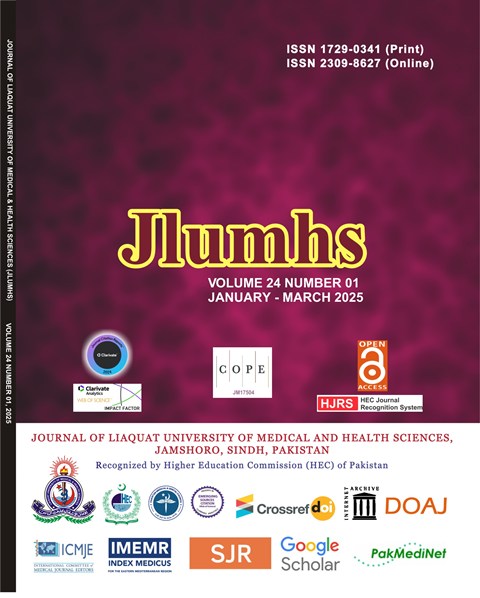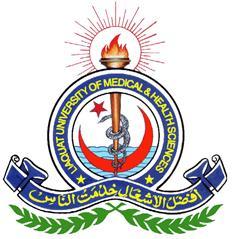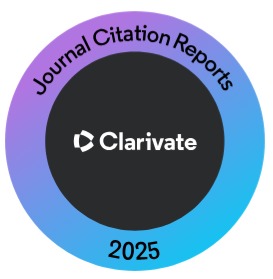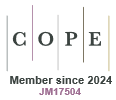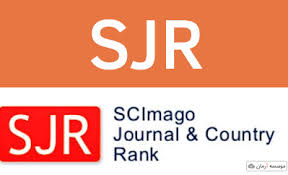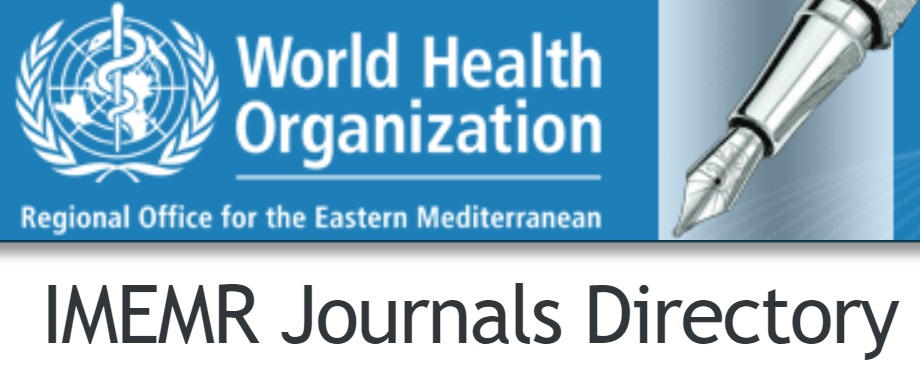Sleeve Gastrectomy and Pancreatic Omentoplasty improve B-cell status in Rats by increasing VEGF, PDX1, islet of Langerhans area, and B-cell count
Keywords:
obesity, type 2 diabetes mellitus, sleeve gastrectomy, pancreatic omentoplasty, Langerhans islet, pancreatic β-cellAbstract
OBJECTIVE: To analyze the effect of sleeve gastrectomy and pancreatic omentoplasty on pancreatic B-cell status by evaluating the levels of PDX1 and VEGF.
METHODOLOGY: This experimental animal research was done with a post-test-only control design. This research was conducted at the Laboratory of Integrated Research and Development, Universitas Gadjah Mada, Yogyakarta, Indonesia, from April to June 2022. The subjects consist of obese and T2DM rats, divided into sleeve gastrectomy (K1), sleeve gastrectomy with pancreatic omentoplasty (K2), positive control (K3), and normal rats in negative control (K4). On the 10th day post-surgery, VEGF and PDX1 were measured using polymerase chain reaction, with histologic examination of the Langerhans islet area and pancreatic ?-cell count.
RESULTS: Significant differences in Langerhans islet area and pancreatic ?-cell count were found between K1 and K2, and K2 and K3 (p < 0.01). PDX1 expression was highest in K4, followed by K2, K1, and K3, with significant differences between K4 and K3, K2 and K3, and K1 and K3 (p < 0.01). VEGF expression in K2 was significantly higher than in K1 (p = 0.006), K3 (p = 0.004), and K4 (p = 0.001).
CONCLUSION: Sleeve gastrectomy and pancreatic omentoplasty improve pancreatic B-cells status by increasing VEGF, PDX1, Langerhans islet area, and pancreatic ?-cell count compared to sleeve gastrectomy alone.
References
Chooi, Yu Chung, Ding, Cherlyn, Magkos, Faidon. The epidemiology of obesity. Metabol. 2019; 92: 6-10.
Lui DTW, Ako J, Dalal J, Fong A, Fujino M, Horton A et al. Obesity in the Asia-Pacific Region: Current Perspectives. J Asian Pacific Soc Cardiology. 2024; 3: e21. doi: 10.15420/japsc.2023.68.
Harbuwono DS, Pramono LA, Yunir E, Subekti I. Obesity and central obesity in Indonesia: evidence from a national health survey. Med J Indonesia. 2018; 27(2):1 14-20.
Ding, SA, McKenzie, T, Vernon, AH, Goldfine, AB. Bariatric Surgery. In: Endocrinologi: Adult and Pediatric. 7th ed. Elsevier Saunders; 2015. p. 479-90.
Sarma S, Sockalingam S, Dash S. Obesity as a multisystem disease: Trends in obesity rates and obesity-related complications. Diab Obes Metabol. 2021; 23(S1): 3-16.
Varra FN, Varras M, Varra VK, Theodosis-Nobelos P. Molecular and pathophysiological relationship between obesity and chronic inflammation in the manifestation of metabolic dysfunctions and their inflammation?mediating treatment options (Review). Mol Med Rep. 2024; 29(6): 95.
Gjermeni E, Kirstein AS, Kolbig F, Kirchhof M, Bundalian L, Katzmann JL et al. Obesity–An Update on the Basic Pathophysiology and Review of Recent Therapeutic Advances. Biomolecules. 2021; 11(10).
Andalib, Amin, Aminian, Ali. Sleeve Gastrectomy and Diabetes: Is Cure Possible? Adv Surg. 2017; 51(1): 29-40.
Liu FS, Wang S, Guo XS, Ye ZX, Zhang HY, Li Z. State of art on the mechanisms of laparoscopic sleeve gastrectomy in treating type 2 diabetes mellitus. World J Diabetes. 2023; 14(6): 632-55.
Wagner R, Eckstein SS, Yamazaki H, Gerst F, Machann J, Jaghutriz BA et al. Metabolic implications of pancreatic fat accumulation. Nat Rev Endocrinol. 2022; 18(1): 43-54.
Di Nicola V. Omentum a powerful biological source in regenerative surgery. Regenerat Ther. 2019; 11: 182-91.
Peng Y, Xiong S, Ding Y, Xie L, Wang Y, Mei Y et al. The effect of omentoplasty in various surgical operations: systematic review and meta-analysis. Int J Surg. 2024; 110(6): 3778-94.
Gao, Tao, McKenna, Brian, Li, Changhong, Reichert, Maximilian, Nguyen, James, Singh, Tarjinder, et al. Pdx1 maintains ? cell identity and function by repressing an ? cell program. Cell Metab. 2014; 19(2): 259-71.
Fujimoto K, Polonsky KS. Pdx1 and other factors that regulate pancreatic ?-cell survival. Diabetes Obes Metab. 2009; 11(Suppl 4): 30-7.
Wondmkun YT. Obesity, Insulin Resistance, and Type 2 Diabetes: Associations and Therapeutic Implications. Diabetes, Metabolic Syndrome and Obesity: Targets and Therapy. 2020; 13: 3611.
Zhang Y, Chen W, Feng B, Cao H. The Clinical Efficacy and Safety of Stem Cell Therapy for Diabetes Mellitus: A Systematic Review and Meta-Analysis. Aging and Disease. 2020; 11(1): 141.
Arany EJ, Waseem M, Strutt BJ, Chamson-Reig A, Bernardo A, Eng E et al. Direct comparison of the abilities of bone marrow mesenchymal versus hematopoietic stem cells to reverse hyperglycemia in diabetic NOD.SCID mice. Islets. 2018; 10(4): 137-50.
Tuo G, Jin G, Pang Y, Wang W, Zhu X, Zhang H et al. Omentoplasty Decreases Leak Rate After Esophagectomy: a Meta-analysis. J Gastrointest Surg. 2020; 24(6): 1237-43.
Segerstolpe Å, Palasantza A, Eliasson P, Andersson EM, Andréasson AC, Sun X et al. Single-Cell Transcriptome Profiling of Human Pancreatic Islets in Health and Type 2 Diabetes. Cell Metab. 2016; 24(4): 593-607.
Downloads
Published
How to Cite
Issue
Section
License
Copyright (c) 2025 Journal of Liaquat University of Medical & Health Sciences

This work is licensed under a Creative Commons Attribution-NonCommercial-ShareAlike 4.0 International License.
Submission of a manuscript to the journal implies that all authors have read and agreed to the content of the undertaking form or the Terms and Conditions.
When an article is accepted for publication, the author(s) retain the copyright and are required to grant the publisher the right of first publication and other non-exclusive publishing rights to JLUMHS.
Articles published in the Journal of Liaquat University of Medical & health sciences are open access articles under a Creative Commons Attribution-Noncommercial - Share Alike 4.0 License. This license permits use, distribution and reproduction in any medium; provided the original work is properly cited and initial publication in this journal. This is in accordance with the BOAI definition of open access. In addition to that users are allowed to remix, tweak and build upon the work non-commercially as long as appropriate credit is given and the new creations are licensed under the identical terms. Or, in certain cases it can be stated that all articles and content there in are published under creative commons license unless stated otherwise.

